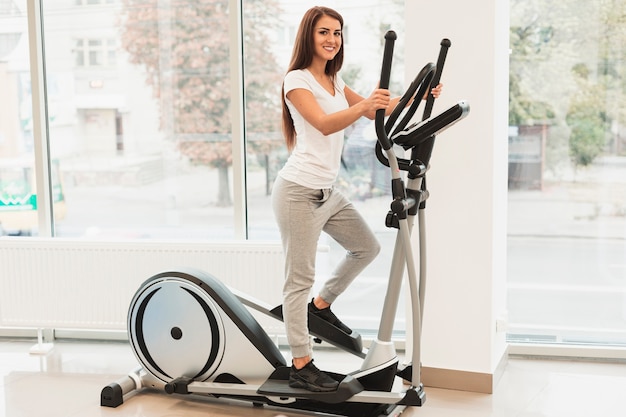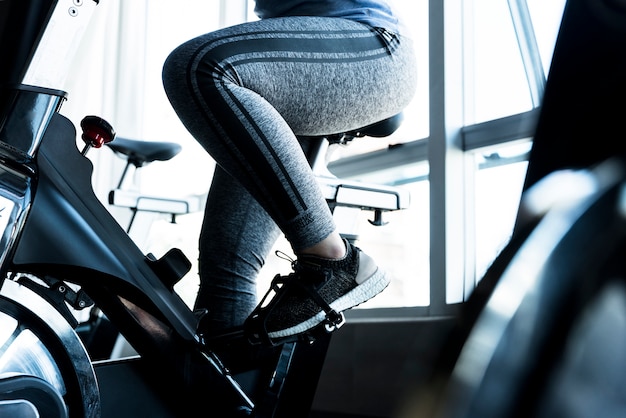For individuals managing diabetes, staying physically active is essential—not only for blood sugar control but also for building muscle, improving insulin sensitivity, and reducing long-term complications. However, high-impact workouts can increase injury risk, especially when neuropathy, joint pain, or circulation issues are present. That’s where low-impact cardio like cycling and elliptical training shine.
But which one is safer and more effective for reducing injury risk while supporting muscle gain—especially for people with diabetes? This article compares cycling and elliptical workouts, offering actionable steps and progress checks to help you train smarter and stay injury-free.
Diabetes can affect nerves (neuropathy), reduce blood flow to extremities, and slow healing. Even minor injuries can become serious if not managed properly. Joint stress, foot ulcers, and muscle strain are real concerns during exercise. Choosing a low-impact, joint-friendly workout is not just about comfort—it’s a safety necessity.
Both cycling and elliptical training minimize joint impact, but they differ in movement patterns, muscle engagement, and overall safety profile.
Cycling—whether on a stationary bike or outdoors—is a seated, low-impact activity that reduces stress on knees and hips. It’s excellent for cardiovascular health and leg muscle endurance.
For muscle gain, cycling primarily targets quadriceps, hamstrings, and calves. While it builds muscular endurance, it’s less effective for hypertrophy (muscle growth) unless combined with resistance training.
The elliptical machine mimics walking or running without the impact. Most models allow both forward and reverse motions and include moving handlebars for upper body engagement.
Elliptical training activates glutes, quads, hamstrings, chest, shoulders, and arms—making it a stronger candidate for balanced muscle development. However, resistance levels are often lower than what’s achievable on a bike, limiting muscle-building potential without added weights or intervals.
Both are excellent choices, but the elliptical edges ahead for overall joint safety and full-body engagement. Its smooth, gliding motion reduces shear forces on the knees and hips, and the ability to engage upper body muscles helps distribute workload more evenly.
However, cycling may be preferable for those with balance issues or lower back pain, as the seated position provides stability and reduces spinal load.
Muscle mass improves glucose uptake and metabolic health. While both cycling and elliptical workouts support endurance, they should be paired with strength training 2–3 times per week for optimal muscle gain.
Consider combining your cardio with bodyweight exercises like seated leg presses, resistance band rows, or wall push-ups. This balanced approach maximizes benefits while minimizing injury risk.
For most people with diabetes, the elliptical offers a safer, more balanced workout with greater muscle engagement and lower injury risk. However, cycling remains a strong alternative—especially for those with mobility or back concerns.
The best choice is the one you can do consistently, safely, and with proper form. Listen to your body, track your progress, and adjust as needed.



Fitness

Fitness

Fitness

Fitness

Fitness

Fitness

Fitness

Fitness

Fitness

Fitness

Fitness

Wellness

Health

Fitness

Health

Health